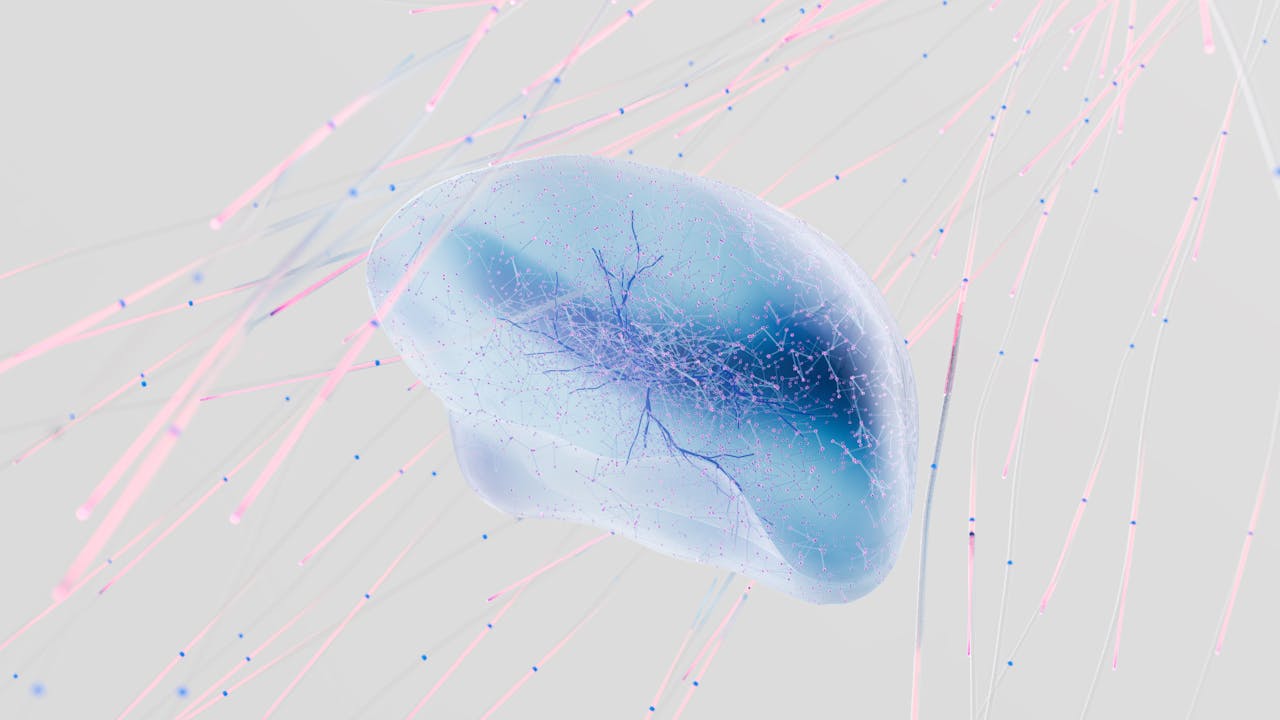News
Study Proposes New Theory Of How Mitochondria Began
Parasitic bacteria were the first cousins of mitochondria that power cells in animals and plants - and first acted as energy parasites in those cells before becoming beneficial, according to a new study.
The study uses next-generation DNA sequencing technologies to decode the genomes of 18 bacteria that are close relatives of mitochondria.
The study provides an alternative theory to two current theories of how simple bacterial cells were swallowed up by hose cells and ultimately become mitochondria.
Mitochondria, also known as "powerhouse" organelles, works by providing them with adenosine triphosphate, or ATP, considered by biologists to be the energy currency of life.
"We believe this study has the potential to change the way we think about the event that led to mitochondria," said U.Va. biologist Martin Wu, the study's lead author, in the press release. "We are saying that the current theories - all claiming that the relationship between the bacteria and the host cell at the very beginning of the symbiosis was mutually beneficial - are likely wrong."
"Instead, we believe the relationship likely was antagonistic - that the bacteria were parasitic and only later became beneficial to the host cell by switching the direction of the ATP transport."
Researchers added that the finding is a new insight into an even in the early history of life on Earth that ultimately led to the diverse eukaryotic life we see today.
The study is published in the journal PLOS One.









Join the Conversation